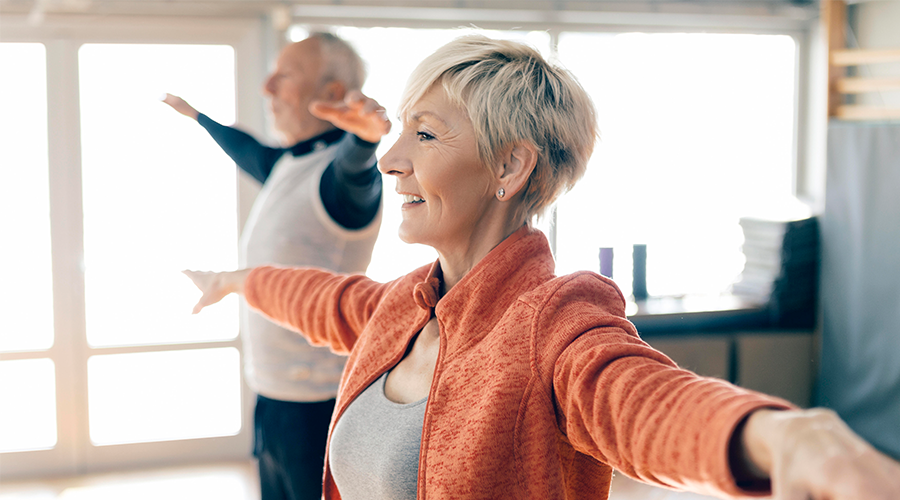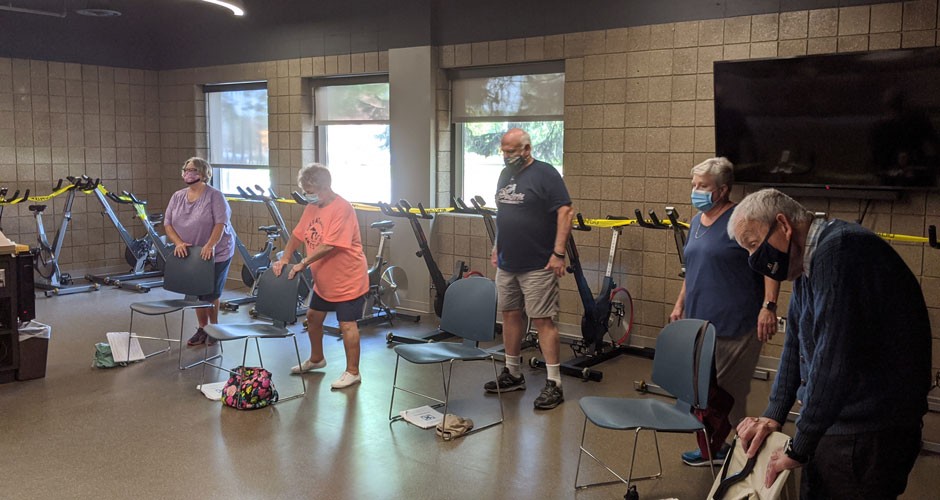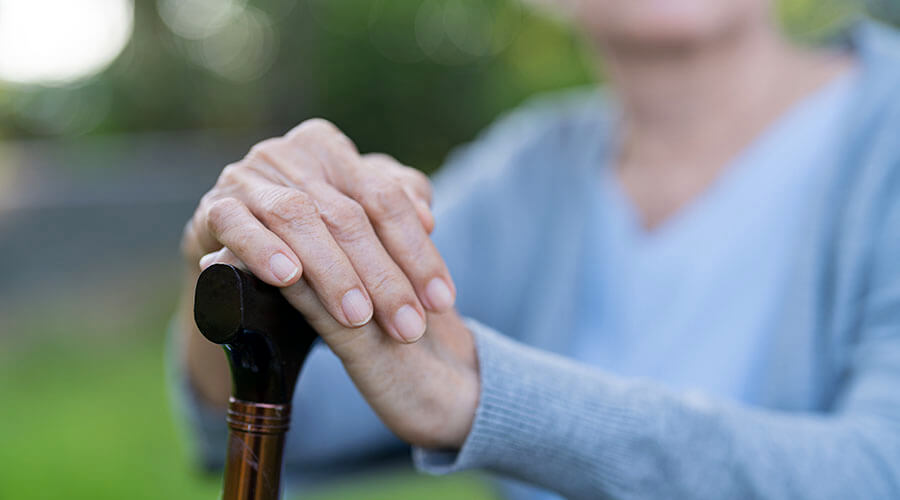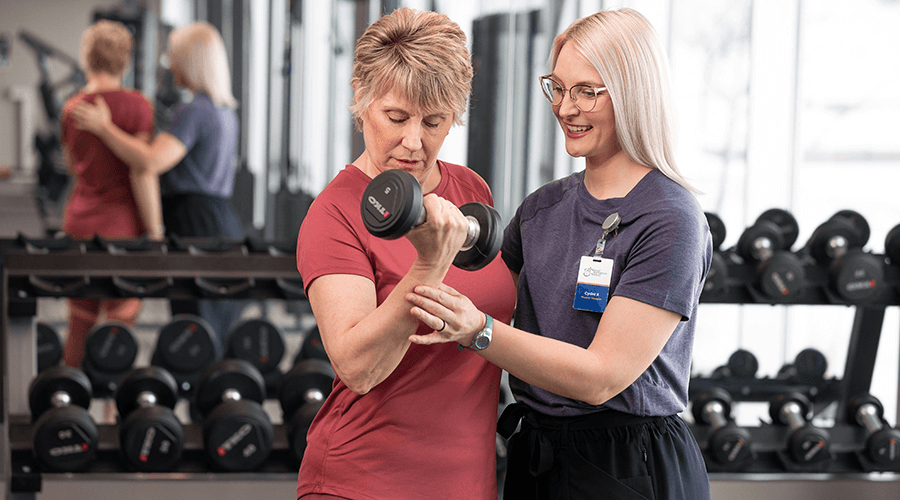Reducing your risk of a dangerous fall is more of an urgent errand than you might realize. Staff members at Good Samaritan Society locations are actively helping adults over 65 years of age learn their risk status through screenings.
Statistics show that 1 in 4 Americans fall every year and 20% of them become injured from that fall. This shows the importance of people knowing their risk so they can do something about it.
When fall risk increases
Whether you are at low, moderate or high risk, the Society’s locations have options to keep you on your feet.
“The past few years, we’re seeing that people were not able to be as active in their events and engaged in different exercise programs or activities,” says Martha Frohwein, director of Clinical Services for Therapy and Rehabilitation at the Society. “This has led to a decrease in strength and mobility and increases their risk for falling.”
The Society follows a fall prevention strategy known as STEADI. The Centers for Disease Control and Prevention initiative is all about “Stopping Elderly Accidents, Deaths & Injuries.”
STEADI features three core elements:
- Screening an older adult for fall risk
- Assessing an older adult’s risk factors
- Intervening to reduce risk by giving older adults tailored intervention
“We can recommend evidence-based programming on our campus, such as a group exercise class or fitness program, or therapy services to help them increase their strength, mobility and confidence to decrease their fall risk,” Martha says.
Available to residents and more
You do not have to be a resident at the Society to get a screening or be a therapy and rehabilitation services client. Trained individuals are ready to assist you with recommendations if you are at higher risk following a screening.
“If a fall risk is identified, we may recommend that they would follow up with their physician. Sometimes a medication adjustment may be needed or they may benefit from skilled therapy intervention. We can support them through outpatient therapy available in all of our locations or through home health services where available. If they’re a resident within our location, certainly we can provide intervention to meet their needs as well,” Martha says.
Simple screening process
If you’re wondering about the screening process, locations have toolkits that make them quick and easy. After filling out a form with simple questions, there will be a “Timed Up and Go” (TUG) activity.
The activity assesses the gait, balance and strength of someone’s walking. That includes what the Society calls the TUG test. A person starts in a chair and they’re timed as to how long it takes to get from one spot to another.
An older adult who takes more than 12 seconds to do this is at risk of falling. Unfortunately, some people who fall and break a hip don’t recover.
But people don’t have to be at risk. Falls are not an inevitable part of aging. They can be prevented. People need to know their status and risk level so they can lower their risk.
Check to see if a location near you is hosting a Fall Prevention Screening Event soon.




